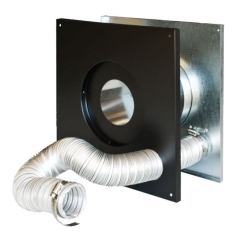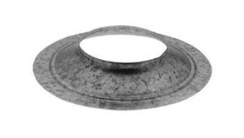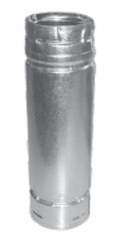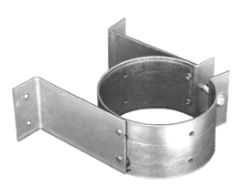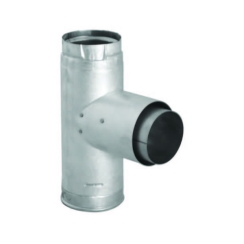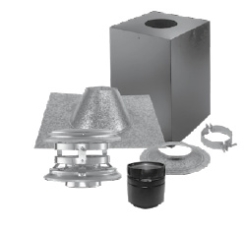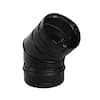Pellet Stove Pipe & Venting
Displaying 1–20 of 316 items

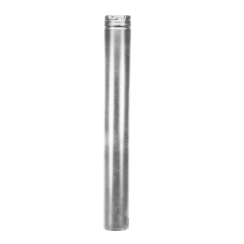
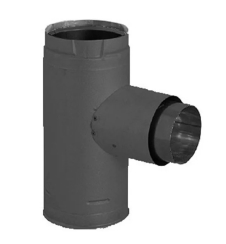
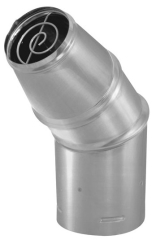
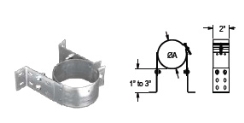
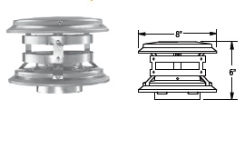
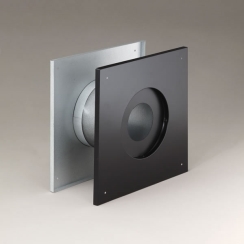
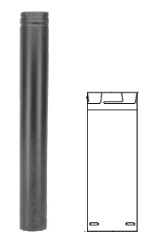
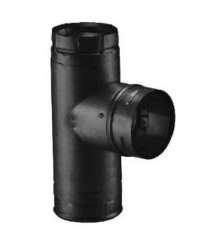

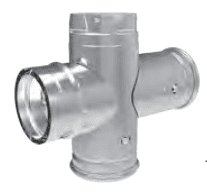
Have questions?
Our NFI-certified experts are here to help!Related Articles
Customer Q&A with Product Specialists
No, we do not offer any venting components for such an application with a pellet stove.
Thank you for reaching out!
Thank you for your interest in our products. We've received your question and will get back to you shortly — usually within the hour but always within 1 business day. To ensure you receive our response, please add our email address (info@efireplacestore.com) to your email whitelist or address book.
In the meantime, while we prepare our response, keep an eye on your inbox for an email from us. We'll be sending you our exclusive Buyer's Guide, packed with valuable information to assist you in making the best decision for your needs.
If you have any further questions or need immediate assistance, feel free to reach out to us directly at 1-800-203-1642.
Thank you again for choosing eFireplaceStore.com!
Customer Images

About Pellet Stove Pipe & Venting
If you have a pellet stove, you need pellet stove venting. The pellet stove pipe is specifically designed to keep the pellets burning safely and efficiently and prevent any issues compromising your heating or safety. But, with all the pellet stove venting choices, how do you know which is right? That's where our Pellet Stove Pipe & Venting Buyer's Guide can help! Written by one of our own NFI-certified Master Hearth technicians, it will tell you everything you need to know about pellet stove pipe.
